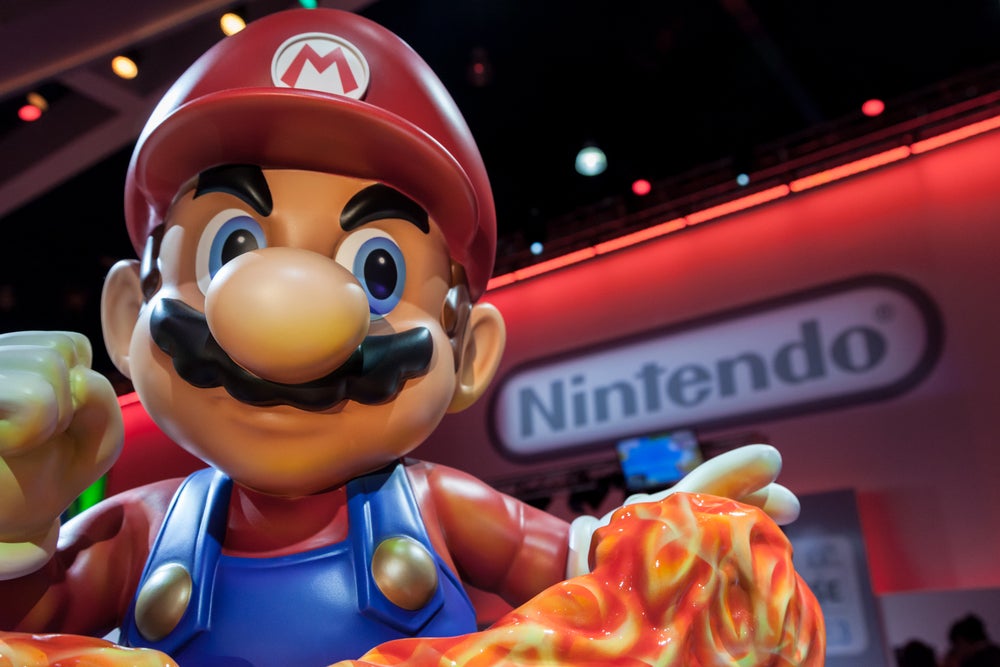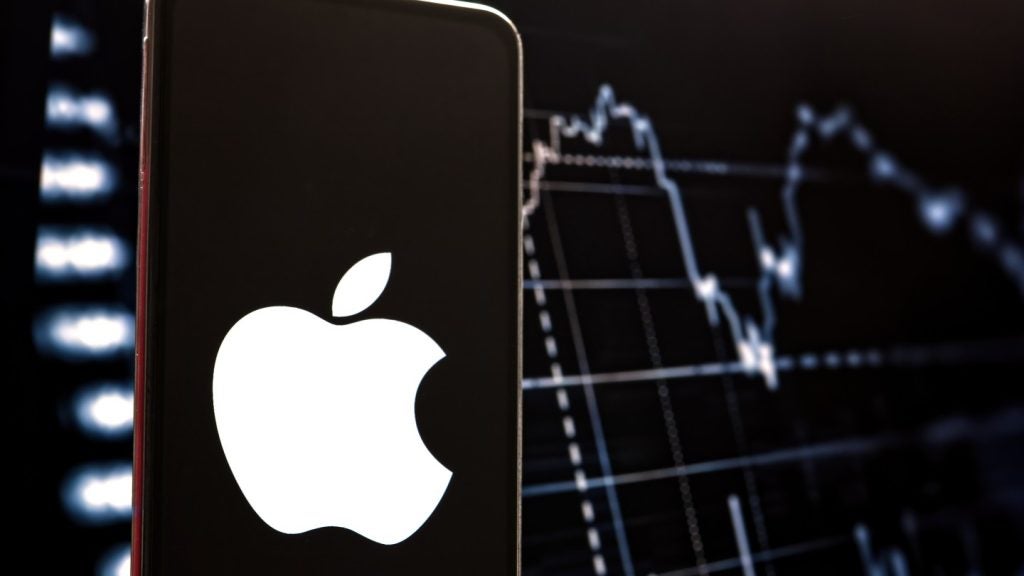The US satellite-to-cell connectivity race is heating up in anticipation of T-Mobile’s July 2025 commercial launch of its direct-to-device (D2D) service with Starlink.
A recent dustup between T-Mobile and Verizon before the National Advertising Division (NAD) highlights how murky the marketing language around D2D capabilities has become in the head-long rush to claim ‘market-first’ commercialisation.
Meanwhile, subsequent service announcements from Verizon and the biggest US cable MVNOs could hasten a trend that results in D2D sat-to-cell connectivity becoming table stakes for postpaid consumer services.
Who is offering what first has become unclear and contentious
The most recent flurry of sat-to-cell announcements in the US started with a NAD decision released on March 19, 2025.
The independent advertising arbiter found in T-Mobile’s favour after rival Verizon raised concerns about T-Mobile claiming to be the “first and only” US operator to offer satellite messaging connectivity during the ad blitz surrounding its T-Mobile Starlink beta trial.
As evidence to support its claim, Verizon noted that its relationship with Skylo – first announced around emergency texting and location sharing for select Android device users in August 2024 – meant T-Mobile’s market-first claim was false. The NAD took T-Mobile’s side on this one, feeling T-Mobile had made clear that the claim relates only the exclusivity of its work with Starlink.
Wait: Who is Skylo again?
Skylo, it should be noted, isn’t actually a satellite operator. Rather, the company aggregates and manages satellite connectivity via relationships with multiple satellite operators.
The startup was founded in 2017, left ‘stealth’ mode in 2020 with $116m of funding in its back pocket, and originally intended to enter the IoT space.
However, Skylo pivoted to sat-to-cell smartphone functionality in 2022 – specifically upon recognising how Apple’s D2D efforts with Globalstar would open up an addressable need in the Android segment of the market. By Q1 2024, Qualcomm was including support for satellite connectivity via Skylo in the Snapdragon Z80 5G modem. A few months later (August 2024), Verizon made its initial announcement with Skylo.
So, Verizon expands Skylo-enabled satellite connectivity…
Within hours of the NAD decision hitting the wires on March 19, Verizon issued something of a response with the announced expansion of its Skylo partnership enabling satellite messaging services on certain Google Pixel 9 and Samsung Galaxy S25 series phones.
Building on its initial H2 2024 work with Skylo, Verizon’s expansion provides an extension beyond emergency services while looping in Samsung’s most recent Galaxy series. In doing so, Verizon will offer that particular stable of Android device users functionality, which Apple already offers on its iPhone 14, 15, and 16 series phones.
… And Comcast and Charter jump on the D2D train, too
The very next day (March 20), Charter and Comcast followed suit in a shared release. Initially, the Skylo arrangement with the two biggest US cable MVNOs – Comcast’s Xfinity Mobile and Charter’s Spectrum Mobile, which not coincidentally ride on Verizon’s wireless network – will provide emergency messaging services on Galaxy S25 and Pixel 9 series devices to subscribers unable to connect to either cellular or WiFi.
However; Charter and Comcast also promise that availability will expand to include standard SMS text messages over satellite service “in the coming weeks.” And thus, Verizon, Charter, and Comcast will have built something of a buffer for themselves as T-Mobile prepares to bring the full force of its D2D efforts with Starlink to bear.
A near-term D2D bridge on the road to ‘table stakes’ status
To be clear: The Skylo bet is Verizon’s low-risk, short-term satellite play.
While the Skylo arrangement will enable D2C capabilities for a subset of Verizon customers, the carrier has made a hefty $100m commitment to AST SpaceMobile as the satellite operator gets its constellation of Blue Walker D2D birds launched.
The AST SpaceMobile-driven D2D offerings will much more closely resemble T-Mobile’s work with Starlink: such as using terrestrial spectrum for a D2D connection with a dedicated constellation regardless of device type.
However; the rub there is that AST probably isn’t going to have the necessary constellation density for nationwide commercial service until 2026 or so — that is, assuming the actual rocket science goes according to plan.
Of course, it’s that large open window between T-Mobile Starlink’s anticipated commercial launch and AST SpaceMobile’s constellation achieving the necessary density for nationwide service that makes the Skylo arrangement important for its partners.
Essentially, the hope here is that ensuring consumers on the most recent editions of a slew of flagship devices (whether in the iPhone, Galaxy, or Pixel camp) have D2D capability drastically reduces the exposure to T-Mobile’s stalking-horse poaching tactics with its Starlink service.







